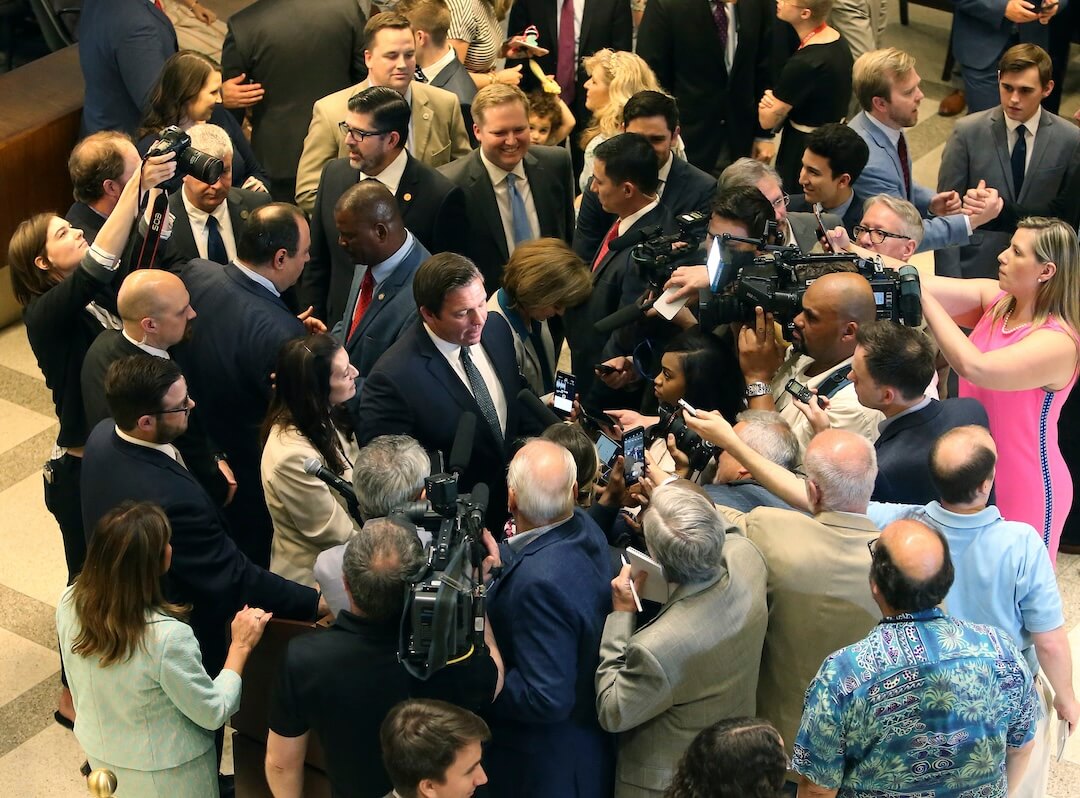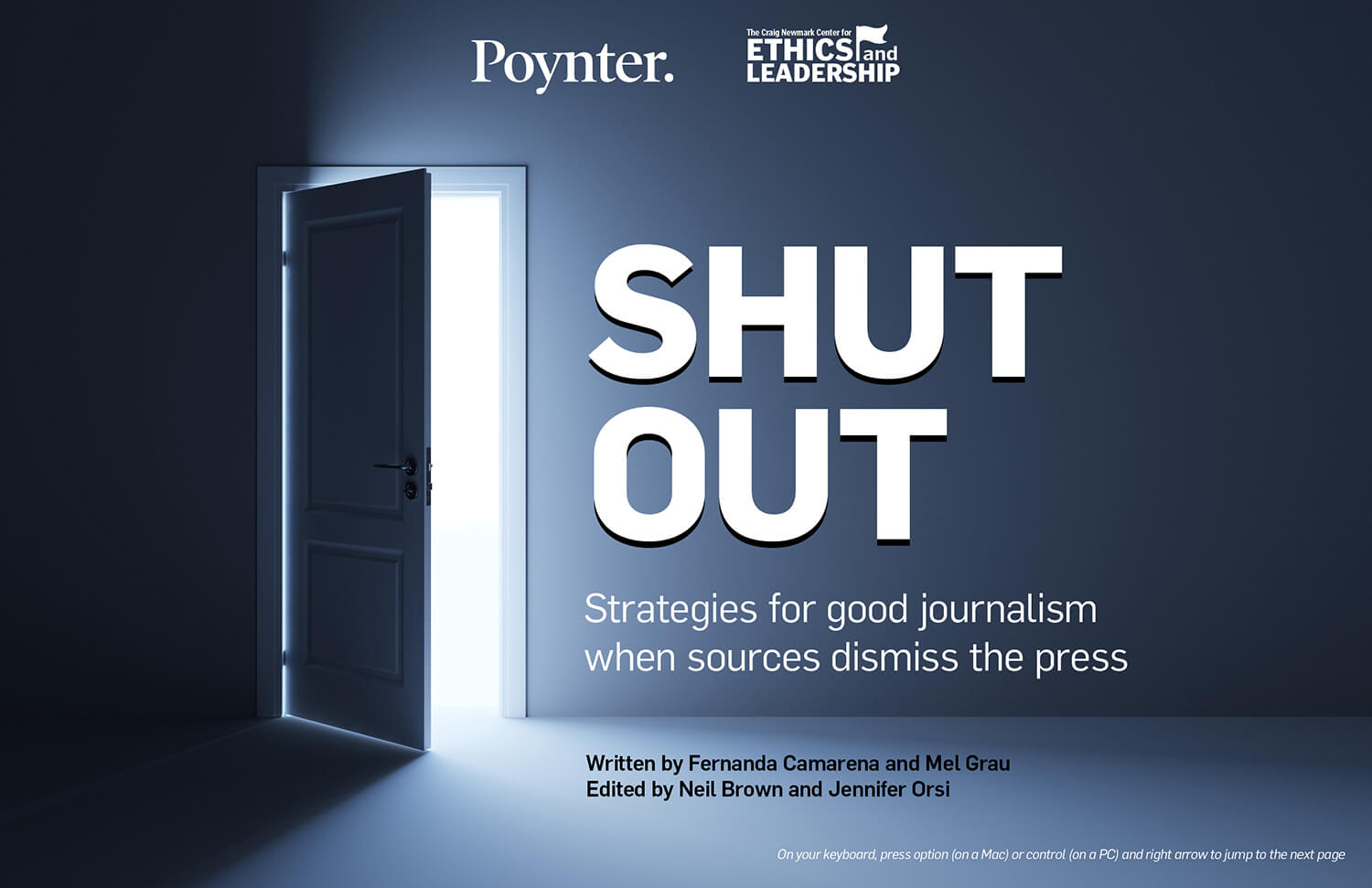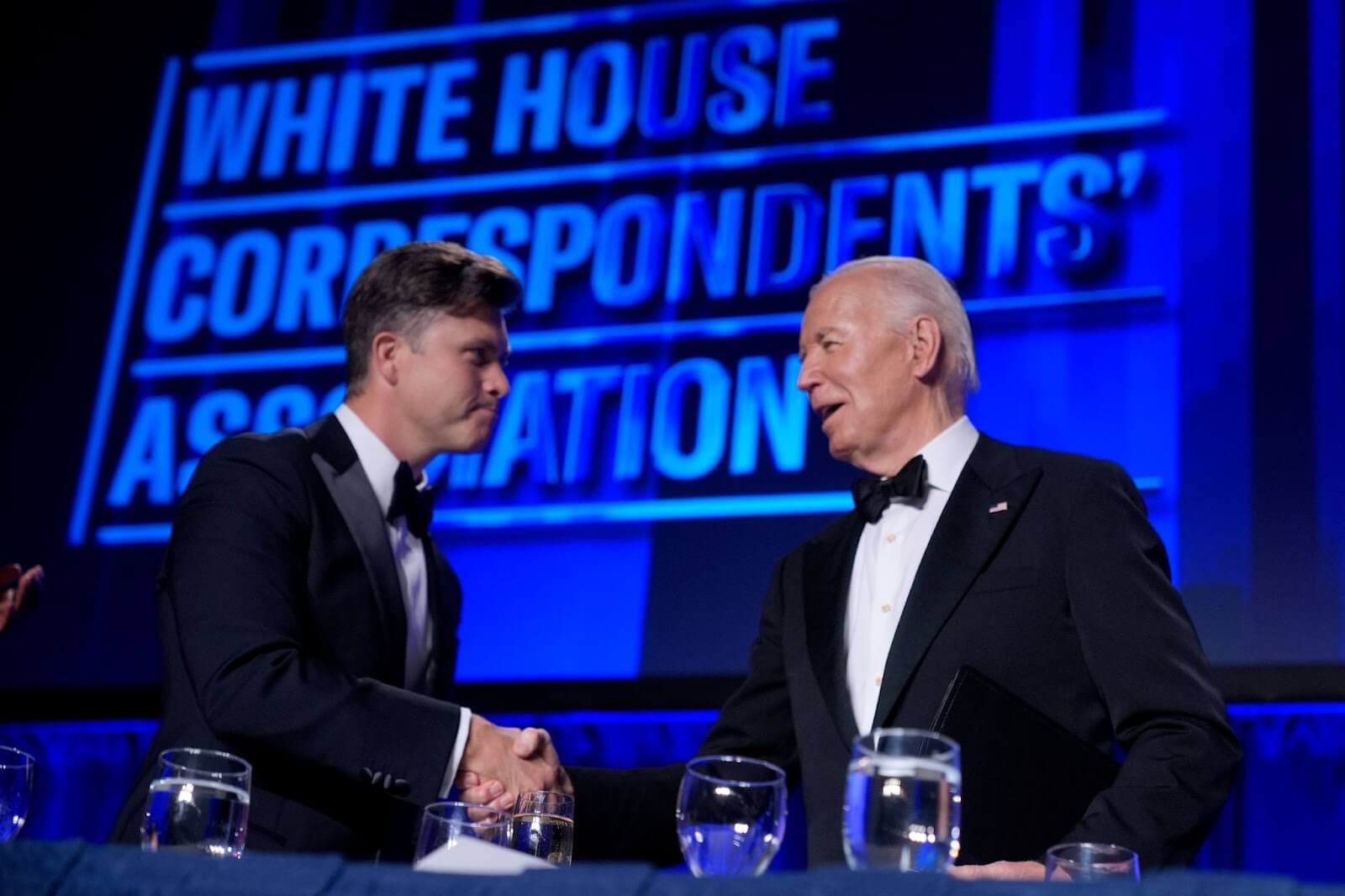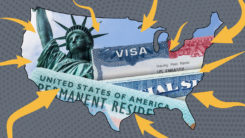In my last column, I wrote about the battle for inclusiveness in our reporting — and the many ways we defend and rationalize stories that lack diversity.
Recognizing and breaking through these defenses isn’t enough. I promised to write about how we can incorporate diversity into our daily lives. So here goes.
This is about good journalism, not political correctness. I’m not saying you need to select a rainbow of friends. Or love each and every culture. Or hold hands and sing “Kumbaya.” (Though if you do, send me a tape.)
It’s about curiosity. Good journalists are curious. They get off the phone and out of the newsroom. They enjoy new experiences and environments. They ask questions. They try to understand what it’s like to be the people they write about.
Good journalists don’t turn off their curiosity when they go home. They get out. They enjoy new experiences and environments in their personal lives. They ask questions. They try to understand what it’s like to be the people they meet.
In other words, let your natural curiosity drive you out of your routine, out of your comfort zone, and across the traditional lines our society has drawn to separate people.
One journalist who does this both in his personal and professional life is Mizanur Rahman, an editor at The Dallas Morning News.
Miz walks the walk.
“I think it’s easier to incorporate diversity into your journalism if you already infuse it into your daily life,” he says. “If it’s a priority in your personal life, it will probably be a priority in your workplace.”
The more you incorporate diversity into your personal life, the better prepared you’ll be in covering your town or city, which, if it’s anything like the rest of the country, is a lot more diverse than it was 10 years ago.
You’ll also find great stories. That’s the bottom line of incorporating diversity in your daily life: You’ll discover stories that other reporters have missed.
* * *
I asked Miz and two other journalists what they do to bring diversity into their daily lives.
“One of the things I did when I worked in Virginia is actively surround myself with a variety of people,” says Miz, who used to work at The Virginian-Pilot. “I started a poetry group in Norfolk. I also led a group called the Unity coalition, which was a bunch of journalists and citizens who worked on improving our community.
“Between those groups, I got to know some of the most diverse people. Young and old. Black and white. Christian and Hindu. Hippies and conservatives. There were spiritual healers, medical technicians, philosophers, librarians, retired professors, and struggling college students.
“When we got together, we had some of the most fascinating discussions about diversity, race, writing and culture, among other things. Those discussions and relationships simply helped diversify my knowledge base, which helps when you’re thinking about stories and how to approach them.”
Another colleague, Beatriz Terrazas, a feature writer at The Dallas Morning News, is a voracious reader. She includes a good dose of diversity in her reading life.
“I try to incorporate great reads from different kinds of people,” she says. “Now, to me, diverse reading means going in a direction I wouldn’t normally go. For instance, funny though this may sound, over the summer I read a couple of novels about white, Southern women. And I read some ‘chick-lit,’ which I had never, ever read. Not my usual cup of tea, but I think I probably learned a thing or two.
“I’ve also recently read a book by a white man from South Africa, and a white man from New Zealand. On my list of things to read next are Life of Pi, by Yann Martel, and Jhumpa Lahiri’s new book, The Namesake. And I plan to re-read Paulo Coelho’s By the River Piedra I Sat Down and Wept.”
* * *
When I wrote the column about the battle for inclusiveness, I heard from Elizabeth Pierson, who covers health and environmental issues for the Valley Freedom Newspapers in Harlingen, Texas.
I asked her what she does to incorporate diversity into her daily life.
“I go out of my way to learn about what people are doing when they don’t look like everyone else,” she says. “An example: Most of the people in a Parks and Wildlife Master Naturalist class I took were white. So I asked one of the Hispanic people in there to take me birding, which I had never done before.
“He was charismatic, passionate about wildlife, and had gobs to say about what he sees as a sluggish environmental movement among Hispanics in the Rio Grande Valley. I later developed a story about Hispanics and environmentalism. I found that many didn’t join the ‘green’ groups, but were avid backyard environmentalists with thriving garden patches and bird feeders.”
In her reporting experiences, Elizabeth identified the key stumbling block that prevents many of us from bringing diversity into our lives, and into the stories we tell.
“If singling out someone because of their skin color seems awkward, as it often does to me, I found that an easier way to think about diversity is in terms of confronting a fear. The more you avoid it, the more irrational the fear becomes.
“When I go to meetings, I try to keep my talk with other journalists to a minimum and spend downtime talking to people who I don’t come across every day, or who are hard to access. Maybe that means the person who rarely leaves his house, maybe it’s an executive who doesn’t take my calls, or maybe it’s a shy person who feels out of place.”
As any good journalist does, Elizabeth doesn’t back away from her fear, but stares it straight in the face.
“When I walk into an event, I identify the person in the room who somehow intimidates or frightens me on some level, and I introduce myself. Often, not always, that person turns out to be either a minority or at the very least, someone with some great stories.
“It’s not always easy, but like in life, there are big payoffs in journalism if you just learn to talk with and spend time around people with whom you may have nothing in common.”





